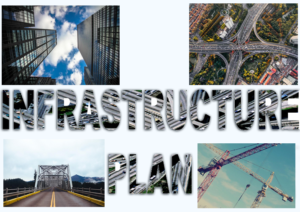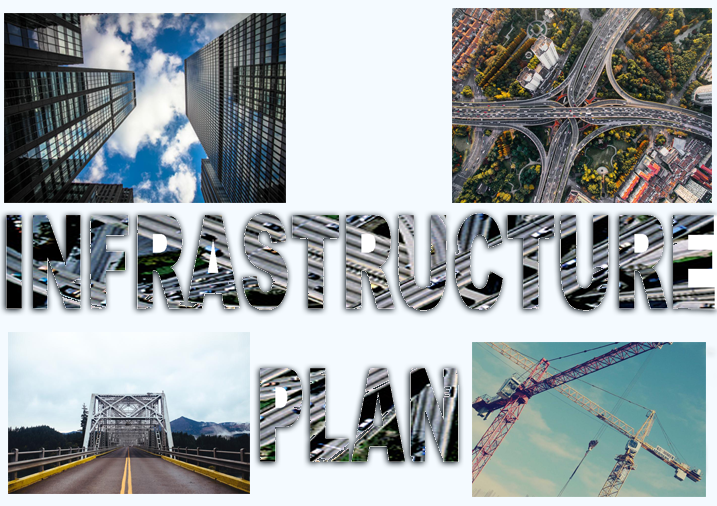
President Trump released his Infrastructure Plan on Monday and to no surprise…it pleased almost no one…other than perhaps those who crafted it. Some have questioned whether the plan pleases anyone.
The plan has been touted as a $1.5 trillion investment but there is actually very little funding coming from government. Even worse, the funding is being pulled from a number of existing infrastructure funding programs. But…here’s the real shocker…in the final analysis, if the President’s Budget and his Infrastructure Plan happened to be adopted as written, the result would be a net negative for federal infrastructure funding.
As written, the infrastructure plan makes available $20 billion each year over the next decade for infrastructure reform. But, to get to the $1.5 trillion, the remaining revenue must come from outside sources. To the dismay of state and local government leaders, the task of finding that outside or alternative funding has been handed off to them. Although funding options are abundant, most public officials are not experienced in finding, negotiating and capturing that type of revenue.
Trump’s budget, which was also released on Monday, provides insight into programs that have been designated to undergo $281 billion in funding cuts. Of note is the fact that the President’s Infrastructure Plan will get $3.7 billion from the Department of Transportation and another $2.8 billion from the Environmental Protection Agency.
The plan, however, makes some interesting promises including the following:
- Capping the approval process to 2 years or less;
- Funding for certain types of infrastructure projects in rural areas of the U.S.; and
- Assistance to state and local authorities willing to train American workers.
 The suggested $50 billion allocated for the Rural Infrastructure Program would be funneled through the Governor’s Office in each state. This funding could go only to communities with a population of less than 50,000.
The suggested $50 billion allocated for the Rural Infrastructure Program would be funneled through the Governor’s Office in each state. This funding could go only to communities with a population of less than 50,000.
The plan also allocates $20 billion for a Transformative Projects Program. The objective here would be to advance infrastructure projects related to safety, cost savings and futuristic initiatives such as the Hyperloop. The Department of Commerce would administer this program
Another $20 billion is allocated for funding major, complex infrastructure projects through Private Activity Bonds and a $10 billion Capital Financing Program would be designed to provide construction revenue for federal infrastructure.
President Trump’s plan endorses tolling on major roadways and it allows significant state flexibility in implementing tolls. It also loosens restrictions on the use of toll revenues and allows states to commercialize rest areas and reinvest the revenues generated in the corridor where they are realized.
Smaller airports will get more attention because the plan reduces barriers to alternative project delivery. The plan also lowers the number of airlines required for approval to privatize an airport. Funding assistance from the Clean Water Revolving Fund would be expanded to allow eligibility to privately owned public-purpose treatment plants.
Stakeholders realize that many changes will be implemented in the plan by the time it passes Congress but this week’s announcement of what the Administration has proposed will certainly focus an abundance of attention on the process.
